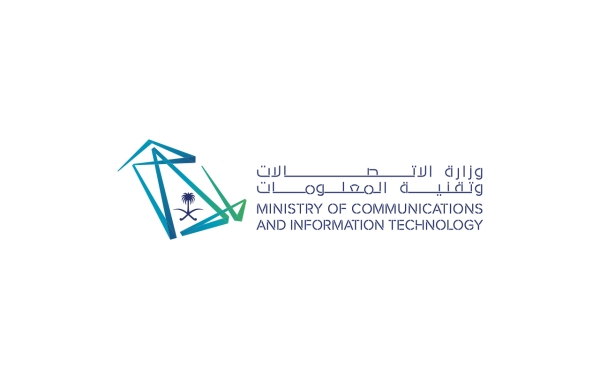

The Ministry of Communications and Information Technology (MCIT) is the entity responsible for regulating all means of telecommunications and information technology in the Kingdom of Saudi Arabia. Its responsibilities include proposing general policies and drafting regulations related to the telecommunications sector and the information technology ecosystem.
Seven ministers served in the ministry from 1975 until 2024, i.e. for about fifty years. During that period of time, the ministry was known by two names: the Directorate of Post, Telephone, and Telegraph, and the Ministry of Communications and Information Technology. Alawi Darwish Kayal was the first person to occupy the position of Minister of Post, Telephone, and Telegraph during the reign of King Khalid Bin Abdulaziz Al Saud. He continued to manage the ministry for about twenty years, the longest period assigned to this position in the history of the ministry.
The establishment of the MCIT
The establishment of the Directorate of Post, Telephone, and Telegraph during the reign of the Founding King Abdulaziz Bin Abdulrahman Al Saud in 1926 was the stepping stone of the ministry, as it was followed by several notable milestones in its history. At the time, the directorate's work overlapped with the functions of the Ministry of Transportation (currently the Ministry of Transport and Logistic Services) which was established in 1953. In 1975, any functions related to the Saudi communications sector were entrusted to the directorate. In 2003, its name was amended to the Ministry of Communications and Information Technology during the reign of King Fahd Bin Abdulaziz Al Saud.
The ministry is headed by a minister appointed by a Royal Decree and is a member of the Council of Ministers. He also chairs several councils, including: the Communications, Space and Technology Commission, and the Digital Government Authority, King Abdulaziz City for Science and Technology, and the Research, Development, and Innovation Authority.
MCIT agencies
The Ministry of Communications and Information Technology sets its priorities from its headquarters in the capital, Riyadh. Moreover, seven agencies fall under its umbrella: Legal Affairs and Committees, Technology Deputyship, Communications and Digital Infrastructure Deputyship, Shared Services, Planning and Vision Realization Deputyship, Future Jobs and Digital Entrepreneurship, and Technology Foresight and Digital Economy Deputyship.
Role of MCIT
MCIT is responsible for developing and implementing the content of the communications and information technology sector in the Kingdom. Its scope of work does not overlap with any other entity. The Electronic Communications and Transactions Law, in addition to the Universal Service Policy, the Cloud First Policy, and the Digital Economy Policy, constitute the most prominent legal foundations for the ministry’s work. The communications and information technology sector forms the cornerstone of the Kingdom's digital transformation. The ministry's strategy to develop the sector includes several axes, such as integration of the digital system, effectiveness of e-government, human capacity development, localization of technology and innovation, and doubling the market.
The ministry also seeks to train and qualify national cadres, as it launched the Future Skills initiative, which aims to develop digital skills among young people. On the other hand, the Women's Empowerment Program aims to empower women in leadership positions, in addition to developing and attracting female minds and skills, motivating women to launch technological projects, and effectively increasing their participation in the labor market.
Communications sector development in Saudi Arabia
The communications sector witnessed several developments in the Kingdom. In 1934, the telephone was used for the first time. In 1948, a decision was issued to build an international wireless station in the city of Jeddah, directly working with the United States to secure telegraph communication between both countries. In 1995 the mobile phone service was operational. Finally, in 2019, the optical fiber network was developed.
Related quizzes

